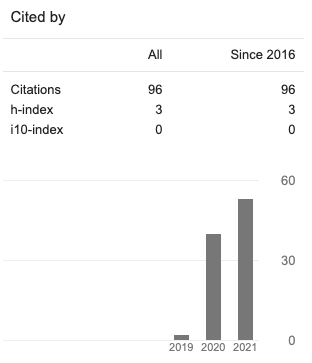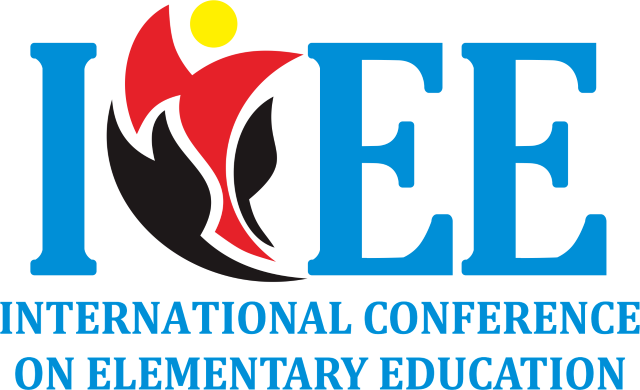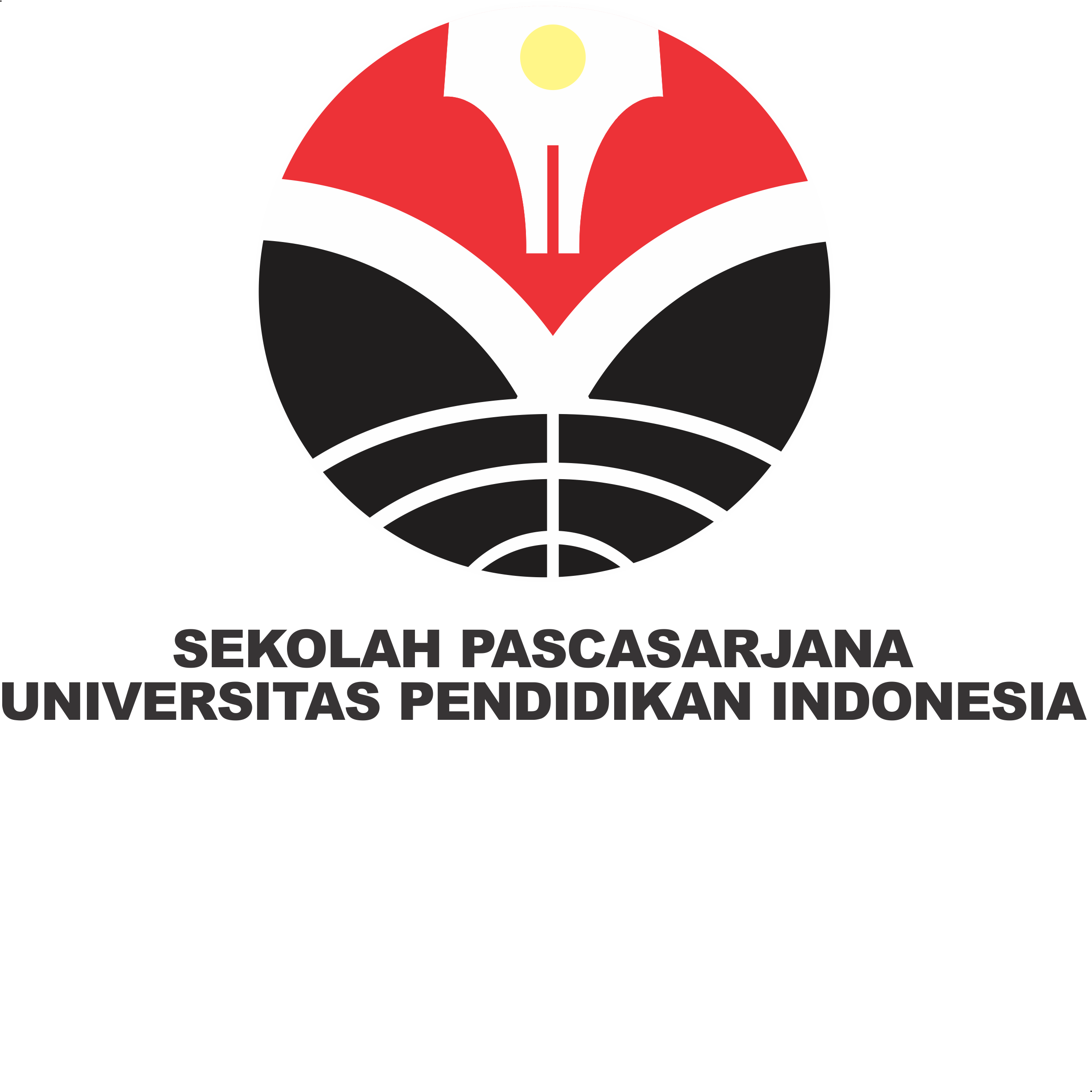The Role of Problem-Based Learning Using Google Meets in Fraction Materials to Understanding Basic School Mathematics
Abstract
This research is motivated by the low ability to understand mathematical problems to fraction material in elementary schools. The purpose of this study was to determine whether there is a difference in the ability of students to understand mathematical problems between the class using the Problem Based Learning model and the class using conventional methods. The research method used was quasi-experimental with a pretest-posttest control group design. The population of the study was class IV in one of the SD Jatisari with a sample of class IVA and IVC class students. The sampling technique used is purposive sampling. The instrument used was a test of the ability to understand the problem given before and after the treatment. The data analysis used is descriptive statistics and inferential statistics. Based on the results of the research, the experimental class value is classified as moderate, consisting of the N-gain score and the N- gain average, and the average value of the control class is classified as low. And the results of the t-test with a confidence level of 95% indicate a difference in the ability of students to understand mathematical problems between the experimental class using the Problem Based Learning model and the control class using conventional learning methods. It takes an understanding of mathematical concepts to be able to solve problem-solving skills.















